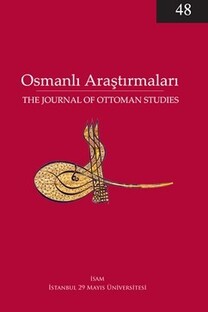Limits and Opportunities: Women and Their Experiences in the Entertainment Sector during the Late Ottoman Era
The present article examines middle and lower-class women, their experi- ences and complex relationships with various actors in the entertainment sector dur- ing the late Ottoman era (19th and 20th century). This article points out that middle- class Ottoman Muslim women appear in this sector only as private property owners in contrast to non-Muslim Ottoman and foreign middle-class female entrepreneurs and business managers. It also draws attention to self-employed women in the sec- tor that represented the lower part of the middle-class. It then considers the lower class Ottoman non-Muslim and foreign women who worked as acrobats, singers, dancers, and actresses; for cultural/religious reasons, Muslim women could not hold positions on the theater stage until 1920. This approach categorizes the women who entered the sector as either lower and middle-class, specifies their various roles and religious/ethnic backgrounds. Fundamental to the proposed analysis are the everyday experiences of the lower class working women, including their public display of their sexuality, practicing prostitution, exposure to male violence, and having an intricate relationship with the state, customers, and other performers. Thus, this article seeks to capture the voices of women who became involved in the entertainment sector, with its ethnic/religious, class and gender dimensions.
Keywords:
Entertainment, theater, female performers, lower-class woman, middle- class woman, sexuality, Ottoman state., Entertainment, theater, female performers, lower-class woman, middle- class woman, sexuality Ottoman state.,
___
- Agmon, Iris: “Women, Class, and Gender: Muslim Jaffa and Haifa at the Turn of the 20th Century”, International Journal of Middle East Studies, 30/4 (1998), pp. 477-500.
- And, Metin: Başlangıcından 1983’e Türk Tiyatro Tarihi, İstanbul: İletişim Yayınları 2014.
- ____:“Osmanlı Tiyatrosu”: Kuruluşu-Gelişimi-Katkısı, Ankara: Ankara Üniversitesi Basımevi 1976.
- ISSN: 0255-0636
- Yayın Aralığı: Yılda 3 Sayı
- Başlangıç: 1980
- Yayıncı: TDV İslâm Araştırmaları Merkezi
